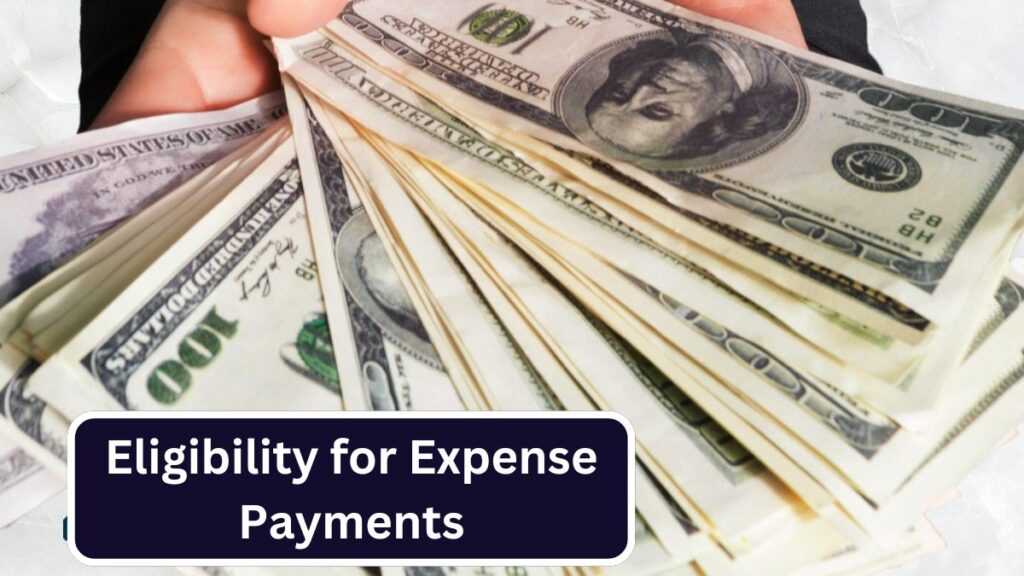The internet is buzzing about a $16,800 expense payment in 2024. But is this claim true, or is it another hoax? Let’s break it down step by step to help you understand what’s going on. This article covers the facts, eligibility criteria (if applicable), and how to spot false claims.
What Is the $16,800 Expense Payment?

The $16,800 payment has been discussed as financial assistance for individuals facing high expenses, like medical bills or home repairs. However, there are no official announcements confirming this from the government. Some rumors claim it’s a relief fund, while others call it a scam.
How to Identify Genuine Payments
- Official Government Sources
Always check official websites like the IRS or state treasury departments for updates. They will have accurate details about any new financial aid programs. - Avoid Suspicious Emails
Fraudsters often use emails or messages promising large sums. These are typically scams designed to steal your personal information. - Verify with Trusted News Outlets
Reliable news organizations report on confirmed financial aid programs. Look for coverage from established sources.
Eligibility for Expense Payments

If this payment is legitimate, there would be specific criteria to qualify. Here’s what to look for:
- Income Requirements: Some aid programs focus on low or middle-income families.
- Purpose of the Payment: Typically linked to expenses like education, housing, or medical needs.
- Application Process: Genuine programs require an application with proper documentation.
| Topic | Details |
|---|---|
| Claim | Rumor of a $16,800 expense payment for individuals to cover various expenses. |
| Status | Unverified, likely a hoax based on current information. |
| Purpose | Claimed to help with expenses like medical bills, housing, or debt relief. |
| Eligibility | Unclear; if real, it might target low- or middle-income individuals with specific needs. |
| Official Announcement | No official government or verified source has confirmed this payment. |
| Red Flags of a Scam | – Requests for personal information – Advance fee demands – Vague details or sources |
| Trusted Sources for Verification | – IRS.gov – State government websites – Verified news outlets |
| How to Protect Yourself | – Avoid sharing personal details – Report suspicious activities to the FTC or police. |
| Current Verified Aid Programs | Tax credits, housing relief, and healthcare assistance programs confirmed by government. |
| Next Steps for Citizens | Check verified sources regularly for real aid announcements and stay cautious of scams. |
How to Protect Yourself From Scams
- No Advance Fees
Legitimate financial assistance does not ask for upfront fees or payments. - Avoid Sharing Personal Details
Never share your Social Security number, bank account, or other sensitive details without confirming the source. - Research Thoroughly
Use government portals or call verified hotlines to confirm any payment claims.
What If It’s Real?
In the rare chance that this payment is real, the government or organizations offering it will provide clear instructions. Notifications will come via official letters, websites, or trusted media outlets. Be cautious until you see concrete proof.
FAQs
What is the $16,800 expense payment rumor about?
The rumor suggests a financial aid program offering $16,800 for expenses like medical bills or housing. However, no official announcements confirm this payment.
Is the $16,800 expense payment real or a scam?
As of now, it seems to be a hoax. Always verify such claims with trusted government sources like the IRS or official state portals.
Who would qualify for the $16,800 payment if it’s real?
Eligibility would likely include low- or middle-income individuals with significant expenses. Criteria, if valid, would depend on the program’s purpose.
How can I check if a payment program is legitimate?
Visit official government websites or consult verified news outlets. Avoid believing social media posts or unsolicited messages.
What are common signs of payment scams?
Requests for personal or banking information
Advance fee demands
Vague details without official confirmation
Unverified sources like fake emails or texts
While the $16,800 expense payment sounds appealing, it’s essential to be cautious. Most likely, it’s a hoax or misinformation spreading online. To protect yourself, always verify with trusted sources and avoid sharing personal information. Stay informed, and don’t fall for scams.














